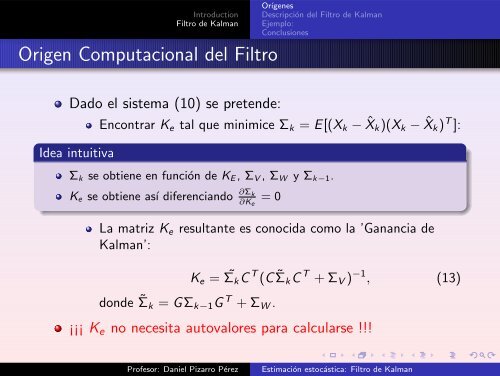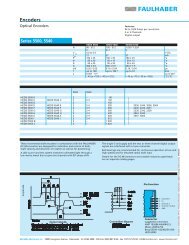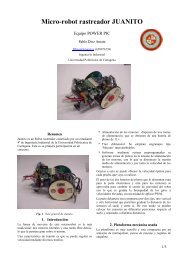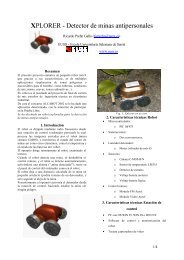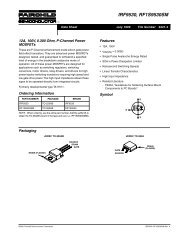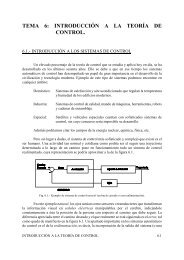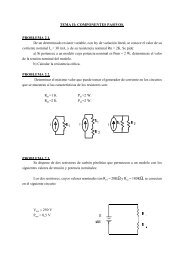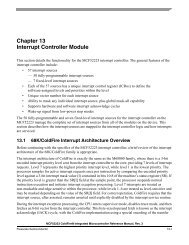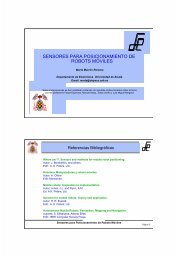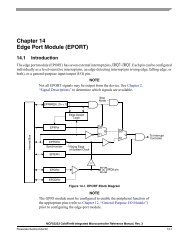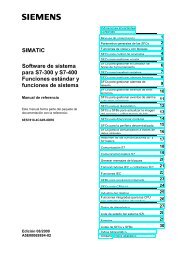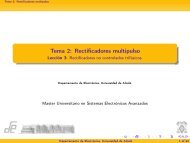El Filtro de Kalman - Departamento de Electrónica - Universidad de ...
El Filtro de Kalman - Departamento de Electrónica - Universidad de ...
El Filtro de Kalman - Departamento de Electrónica - Universidad de ...
You also want an ePaper? Increase the reach of your titles
YUMPU automatically turns print PDFs into web optimized ePapers that Google loves.
Introduction<br />
<strong>Filtro</strong> <strong>de</strong> <strong>Kalman</strong><br />
Origen Computacional <strong>de</strong>l <strong>Filtro</strong><br />
Orígenes<br />
Descripción <strong>de</strong>l <strong>Filtro</strong> <strong>de</strong> <strong>Kalman</strong><br />
Ejemplo:<br />
Conclusiones<br />
Dado el sistema (10) se preten<strong>de</strong>:<br />
I<strong>de</strong>a intuitiva<br />
Encontrar K e tal que minimice Σ k = E[(X k − ˆX k )(X k − ˆX k ) T ]:<br />
Σ k se obtiene en función <strong>de</strong> K E , Σ V , Σ W y Σ k−1 .<br />
K e se obtiene así diferenciando ∂Σ k<br />
∂K e<br />
= 0<br />
La matriz K e resultante es conocida como la ’Ganancia <strong>de</strong><br />
<strong>Kalman</strong>’:<br />
don<strong>de</strong> ˜Σ k = GΣ k−1 G T + Σ W .<br />
K e = ˜Σ k C T (C ˜Σ k C T + Σ V ) −1 , (13)<br />
¡¡¡ K e no necesita autovalores para calcularse !!!<br />
Profesor: Daniel Pizarro Pérez<br />
Estimación estocástica: <strong>Filtro</strong> <strong>de</strong> <strong>Kalman</strong>


